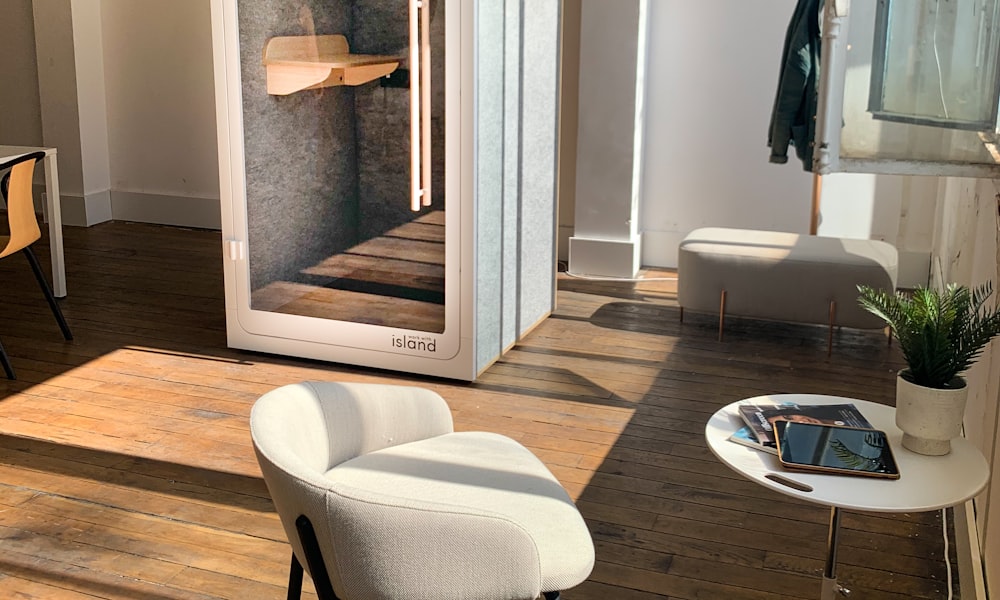Are Resilient Bars Worth It
Are Resilient Bars Worth It?
When you’re faced with the dilemma of how to improve the acoustics of your space without breaking the bank, the question of whether resilient bars are worth the investment often arises. As a consumer navigating through various options, it’s crucial to weigh the pros and cons before making a decision. So, are resilient bars worth it? Let’s delve into the details and explore the answer together.
Understanding the Need for Soundproofing
Before diving into the specifics of resilient bars, let’s take a moment to understand why soundproofing matters. Whether you’re a homeowner, a business owner, or a tenant, unwanted noise can be a significant source of frustration. From noisy neighbors and street traffic to the hum of appliances, sound permeates our daily lives. Without adequate soundproofing, these noises can disrupt our peace and productivity, leading to stress and discomfort.
Keywords: soundproofing, unwanted noise
The Role of Resilient Bars
Now, let’s turn our attention to resilient bars and their role in soundproofing. Resilient bars, also known as sound isolation clips, are a popular solution for reducing airborne and impact noise transmission between walls, floors, and ceilings. These flexible metal strips are installed horizontally or vertically between the structural framing and the drywall or other finishing materials.
Unlike traditional methods of soundproofing, such as adding extra layers of drywall or insulation, resilient bars decouple the surfaces, minimizing the transfer of vibrations and sound waves. This innovative approach disrupts the path of sound transmission, effectively reducing the impact of noise on adjacent spaces.
Keywords: resilient bars, sound isolation clips
Pros of Resilient Bars
So, why should you consider investing in resilient bars? Here are some compelling reasons:
Effective Noise Reduction: Resilient bars excel at minimizing airborne and impact noise, making them an ideal choice for soundproofing walls, ceilings, and floors.
Space-Saving Design: Unlike bulky soundproofing materials that can eat up precious square footage, resilient bars are slim and discreet, allowing you to maintain the aesthetics of your space.
Versatility: Whether you’re renovating a residential property, commercial space, or recording studio, resilient bars offer versatility and adaptability to various applications.
Ease of Installation: With proper guidance and basic tools, resilient bars can be installed quickly and efficiently, minimizing downtime and disruption to your routine.
- Long-Term Savings: While the upfront cost of resilient bars may seem daunting, their durable construction and long-lasting performance can translate into significant savings over time by reducing the need for future renovations and soundproofing measures.
Keywords: noise reduction, space-saving, versatility, ease of installation, long-term savings
Cons of Resilient Bars
However, it’s essential to consider the potential drawbacks before making a decision:
Cost: Compared to traditional soundproofing methods, resilient bars can be more expensive, especially when factoring in installation labor and materials.
Skill Requirements: While resilient bars are relatively straightforward to install, achieving optimal results requires proper technique and attention to detail. Novice DIYers may struggle with the installation process, leading to subpar soundproofing outcomes.
Limited Effectiveness: While resilient bars excel at reducing airborne noise, they may have limitations when it comes to blocking low-frequency sounds or impact noise from footsteps or heavy machinery.
Space Constraints: In some cases, the installation of resilient bars may require adjustments to door frames, electrical outlets, and other structural elements, potentially complicating the renovation process.
- Maintenance: While resilient bars themselves require minimal maintenance, ensuring their effectiveness may involve periodic inspections and adjustments to address any issues that arise over time.
Keywords: cost, skill requirements, limited effectiveness, space constraints, maintenance
Making an Informed Decision
Now that we’ve weighed the pros and cons, how can you determine whether resilient bars are worth it for your specific needs? Here are some factors to consider:
Budget: Evaluate your budget and weigh the cost of resilient bars against the potential benefits they offer in terms of noise reduction and long-term savings.
Noise Sources: Consider the types of noise you’re dealing with and whether resilient bars are well-suited to address them. If you’re primarily concerned about airborne noise from voices or music, resilient bars may be an effective solution. However, if you’re dealing with low-frequency vibrations or impact noise, you may need to explore additional soundproofing options.
Space Constraints: Assess the layout of your space and determine whether the installation of resilient bars is feasible without compromising functionality or aesthetics. If space is limited, alternative soundproofing methods may be more suitable.
DIY vs. Professional Installation: Consider your level of expertise and comfort with DIY projects. While resilient bars can be installed by homeowners with the right tools and guidance, complex installations may require the expertise of a professional contractor.
- Long-Term Goals: Think about your long-term plans for the property. If you envision staying in the space for many years, investing in resilient bars may offer lasting benefits in terms of comfort, privacy, and resale value.
By carefully considering these factors and weighing the pros and cons, you can make an informed decision that aligns with your needs, budget, and lifestyle.
Keywords: budget, noise sources, space constraints, DIY vs. professional installation, long-term goals
Conclusion
In conclusion, resilient bars can be a valuable investment for improving the acoustics of your space and enhancing your overall quality of life. By effectively reducing airborne and impact noise, these innovative soundproofing solutions offer a practical and cost-effective way to create a more peaceful and comfortable environment. However, it’s essential to weigh the pros and cons carefully and consider factors such as budget, space constraints, and long-term goals before making a decision. Whether you’re a homeowner, a business owner, or a tenant, resilient bars may be worth exploring as a solution to your soundproofing needs.
Keywords: soundproofing solutions, peaceful environment


